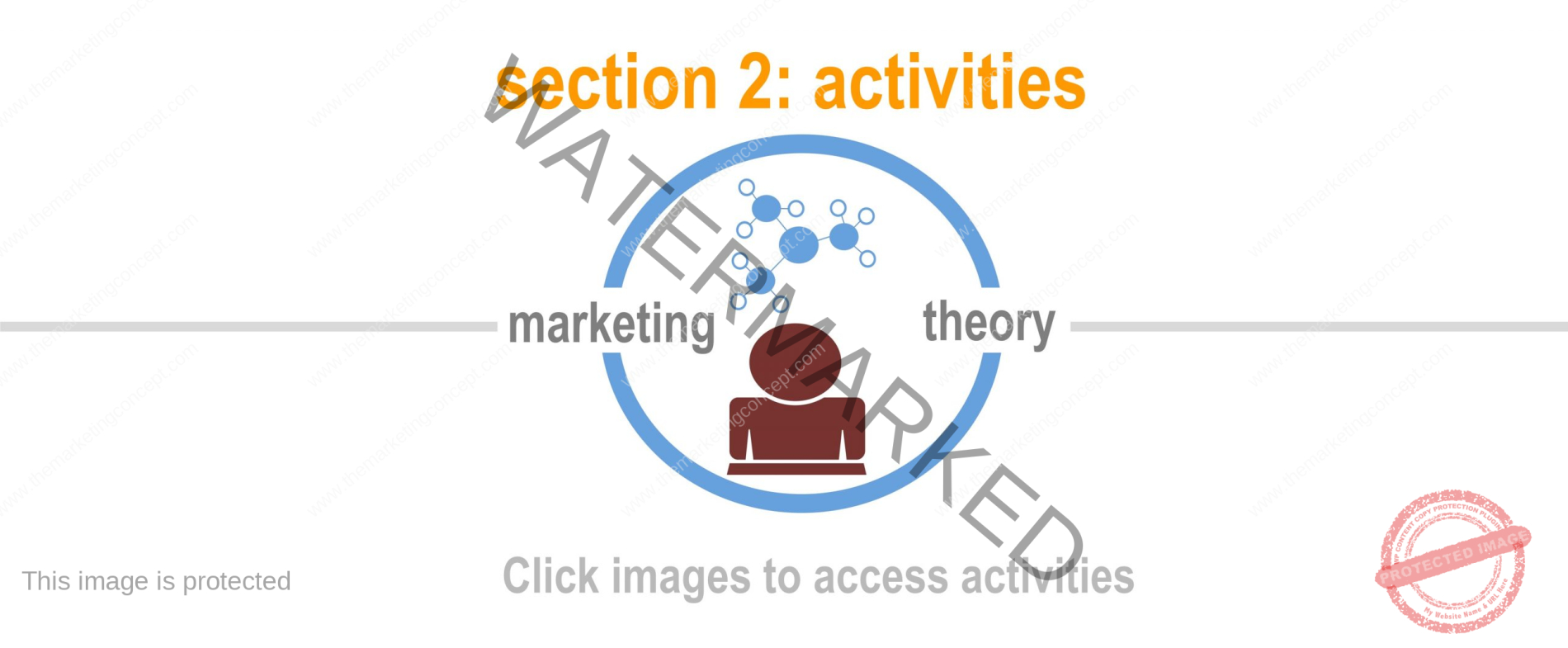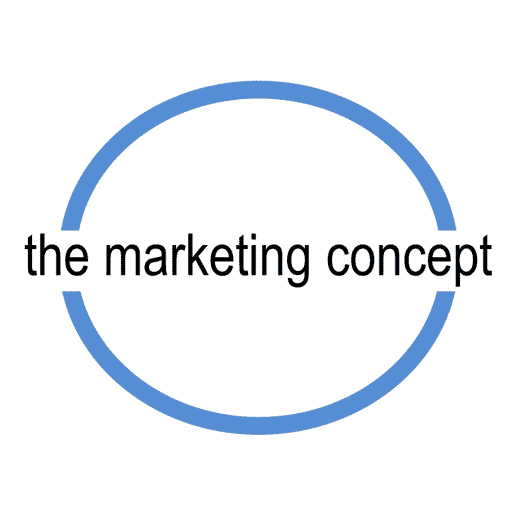
In this activity: different people different holidays – we consider the people in the images and discuss how they would approach their decision making. Keep in mind autocratic and syncretic decision making, family life cycle, and who influences the product selection process.
In this activity; the buyer decision process – car we follow three ‘mates’ as they come together to watch AFL football and talk about cars. This activity provides the opportunity to explore needs the influence of friends and how needs and wants vary according to the situational factors.
In this activity: technology & the sales process – we explore how technology has changed the way people search for information, establish a considered set of products, & evaluate the value of alternatives.
In this activity: marketing in a time of disruption – we explore how marketing practitioners were required to reconsider the situational factors and design, develop, and deliver new product offering. Although tragic we can see marketing as a societal system was disrupted and how marketing practitioners must evolve with the changing situational factors.
In this activity: price pricing and the product life cycle we follow Joseph a representative of a global automobile manufacturer and his conversations with Sam the marketing manager of a automobile dealer. You will notice how this is activity is written from a B2B perspective and how the dealership is a channel partner in a marketing channel.
In this activity a number of buying scenarios are presented for consideration.
Sorry – under reconstruction
This activity: identifying service dominant products is designed to highlight the diversity and prevalence of products where the service component is the dominant product component – these are referred to as service dominant products and often simply as services. They are often discussed in the marketing genre of ‘services marketing’
SORRY – under reconstruction
In this activity: the job application, you have been given a scenario of a fictional couple as they go through the buyer decision process for selecting a European River Cruise. You are asked to demonstrate your understanding of marketing from the perspective of how marketing can prepare graduates for a B2B role within an organisation. WARNING: This activity requires a different approach to most activities and case studies.
The Italian Restaurant Renaissance is fictional, however, it is a scenario that has been played out a thousand times. In this activity we explore the topic of new product development. Often, marketing textbook examples focus on the goods component of a product [e.g., FMCG ‘goods’]. However, ‘new’ product development can mean a refreshed, repositioned, and rejuvenated total product – and that means exploring the product considerations, product layers, and product components [GSIEPP].




















